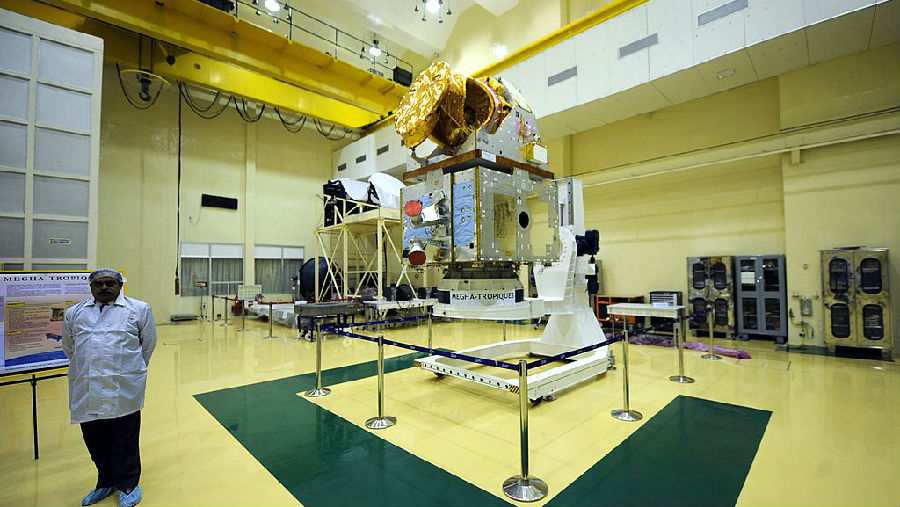(单词翻译:单击)
India and Japan are preparing to fly each other to the moon as two of Asia’s leading economic powers team up to counter China’s growing prowess in space exploration.
印度和日本正在准备联合探月任务。这两个亚洲经济大国拟携手抗衡中国日益壮大的航天探索实力。
National space agencies in both countries are planning a joint mission to explore the moon’s polar regions for water that they hope could one day sustain human habitation.
印度和日本的国家航天机构正在规划一个联合任务,目的是勘察月球极地地区的水资源,希望这些水资源有朝一日能够维持人类居住。
The collaboration highlights the rising importance of Asia in space and the geopolitical reaction in the region to China's rise.
这一合作突显亚洲在航天探索领域的重要性日益增强,以及该地区对中国崛起的地缘政治反应。

“Both India and Japan have demonstration landings on the moon coming up,” said Hiroki Furihata of the Japan Aerospace Exploration Agency (JAXA). “The next step for both of us is true exploration. If we combine the strengths of both sides it can be a win-win.”
“印度和日本都规划了示范性登月,”日本宇宙航空研究开发机构(JAXA)的降籏弘城(Hiroki Furihata)表示。“对于我们双方,下一步是真正的探索。如果我们能够结合双方的优势,这可能是双赢的。”
Japan and India have already mounted successful lunar missions, with India’s Chandrayaan-1 impactor hitting the moon in 2008 and Japan’s Selene orbiting from 2007-09. This year, Chandrayaan-2 will deploy a rover, while Japan’s SLIM lander is scheduled to reach the moon in 2019.
日本和印度都已经成功执行了探月任务,印度的月船1号(Chandrayaan-1)硬着陆探测器在2008年撞击月球,而日本的月亮女神号(Selene)卫星于2007年至2009年在绕月轨道飞行。今年,印度的月船2号将在月球表面释放一台月球车,而日本的月球调查智能着陆器(SLIM)定于2019年登月。
But their efforts have been overshadowed by China’s ambitious 2007-14 series of Chang-e missions. Two more, intended to return lunar rocks to Earth, are scheduled for the next few years.
但在中国于2007年至2014年期间执行的雄心勃勃的嫦娥任务面前,两国的努力相形见绌。中国计划在未来几年再执行两个嫦娥任务,目的是采集月球土壤和岩石样品带回地球。


